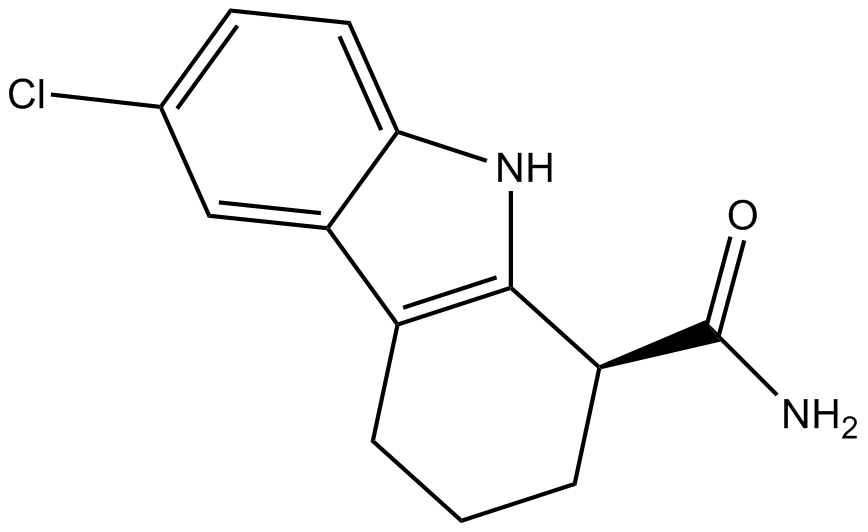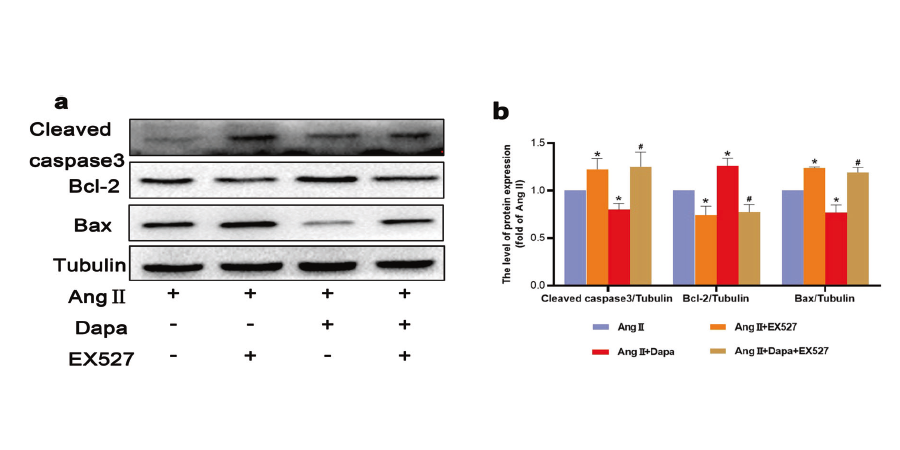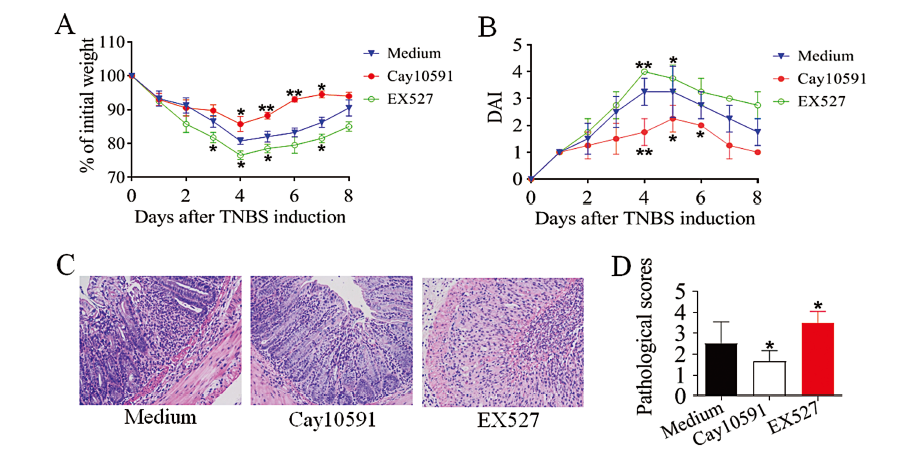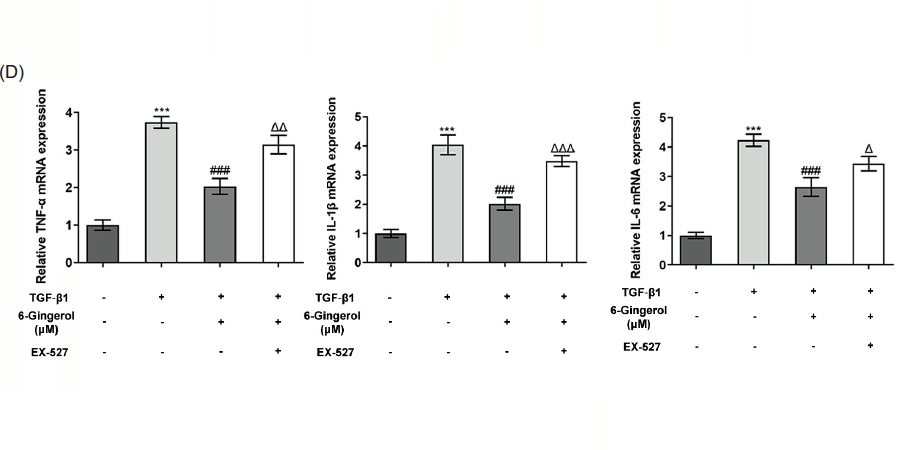EX 527 (SEN0014196) (Synonyms: EX-527,SIRT1 Inhibitor III,SEN0014196,EX527, Selisistat) |
| Catalog No.GC10635 |
EX 527, as a SIRT1-selective inhibitor, inhibits Sirt1 ~100-fold more potently than Sirt2 and Sirt3 and has no effect on Sirt5′s deacetylation activit.
Products are for research use only. Not for human use. We do not sell to patients.

Cas No.: 49843-98-3
Sample solution is provided at 25 µL, 10mM.
EX 527 (SEN0014196), as a SIRT1-selective inhibitor, inhibits Sirt1 ~100-fold more potently than Sirt2 and Sirt3 and has no effect on Sirt5′s deacetylation activit.The IC50 values for Sirt1 and Sirt3 are 0.09 ± 0.03 μM and 22.4 ± 2.7 μM, respectively. Sir2Tm was also efficiently inhibited by Ex-527 with IC50 of 0.9 ± 0.3 μM.[1]
In vitro experiment it shown that cell viability significantly increased and cell death decreased in cancer cells with SIRT1 silencing or EX 527 (10 μM) treatment compared with the control after exposure to RSL3 or sulfasalazine.[2] In vitro, treatment with 1 μM EX-527 decreased colony formation of ovarian carcinoma cells, with or without overexpression of SIRT172. However, at 600 nM, EX-527 suppressed cell migration and inhibited the occurrence of epithelial–mesenchymal transition (EMT) in chemotherapy resistant oesophageal cancer cells.[4] In vitro experiment it indicated that SIRT 1 inhibition by EX 527 (10 μM) elevated ROS production. SIRT1 and PGC-1α levels were dramatically decreased.[6]
In vivo efficacy test indicated that pharmacological blockade of Sirt-1 with 2 mg/kg EX 527/mouse/day daily for 3 weeks alleviated GVHD without impairing T-cell-mediated GVL activity.[3] In vivo efficacy study demonstrated that treatment with 5 mg/kg EX 527 intraperitoneally in C57BL/6J mice abolished the protective effects of melatonin.[4] In vivo, the data indicated that LPS-induced intrapulmonary inflammation and LPS-induced elevation of 4E-BP1 phosphorylation were attenuated by EX 527 (10 mg/kg, i.p.).[5]
References:
[1]. Gertz M, et al. Ex-527 inhibits Sirtuins by exploiting their unique NAD+-dependent deacetylation mechanism. Proc Natl Acad Sci U S A. 2013 Jul 23;110(30):E2772-81.
[2]. Lee J, et al. Epigenetic reprogramming of epithelial-mesenchymal transition promotes ferroptosis of head and neck cancer. Redox Biol. 2020 Oct;37:101697.
[3]. Daenthanasanmak A, et al. Targeting Sirt-1 controls GVHD by inhibiting T-cell allo-response and promoting Treg stability in mice. Blood. 2019 Jan 17;133(3):266-279.
[4]. Broussy S, et al. Biochemical mechanism and biological effects of the inhibition of silent information regulator 1 (SIRT1) by EX-527 (SEN0014196 or selisistat). J Enzyme Inhib Med Chem. 2020 Dec;35(1):1124-1136.
[5]. Huang J, et al. The SIRT1 inhibitor EX-527 suppresses mTOR activation and alleviates acute lung injury in mice with endotoxiemia. Innate Immun. 2017 Nov;23(8):678-686.
[6]. Waldman M, et al. Regulation of diabetic cardiomyopathy by caloric restriction is mediated by intracellular signaling pathways involving 'SIRT1 and PGC-1α'. Cardiovasc Diabetol. 2018 Aug 2;17(1):111.
Average Rating: 5 (Based on Reviews and 30 reference(s) in Google Scholar.)
GLPBIO products are for RESEARCH USE ONLY. Please make sure your review or question is research based.
Required fields are marked with *







